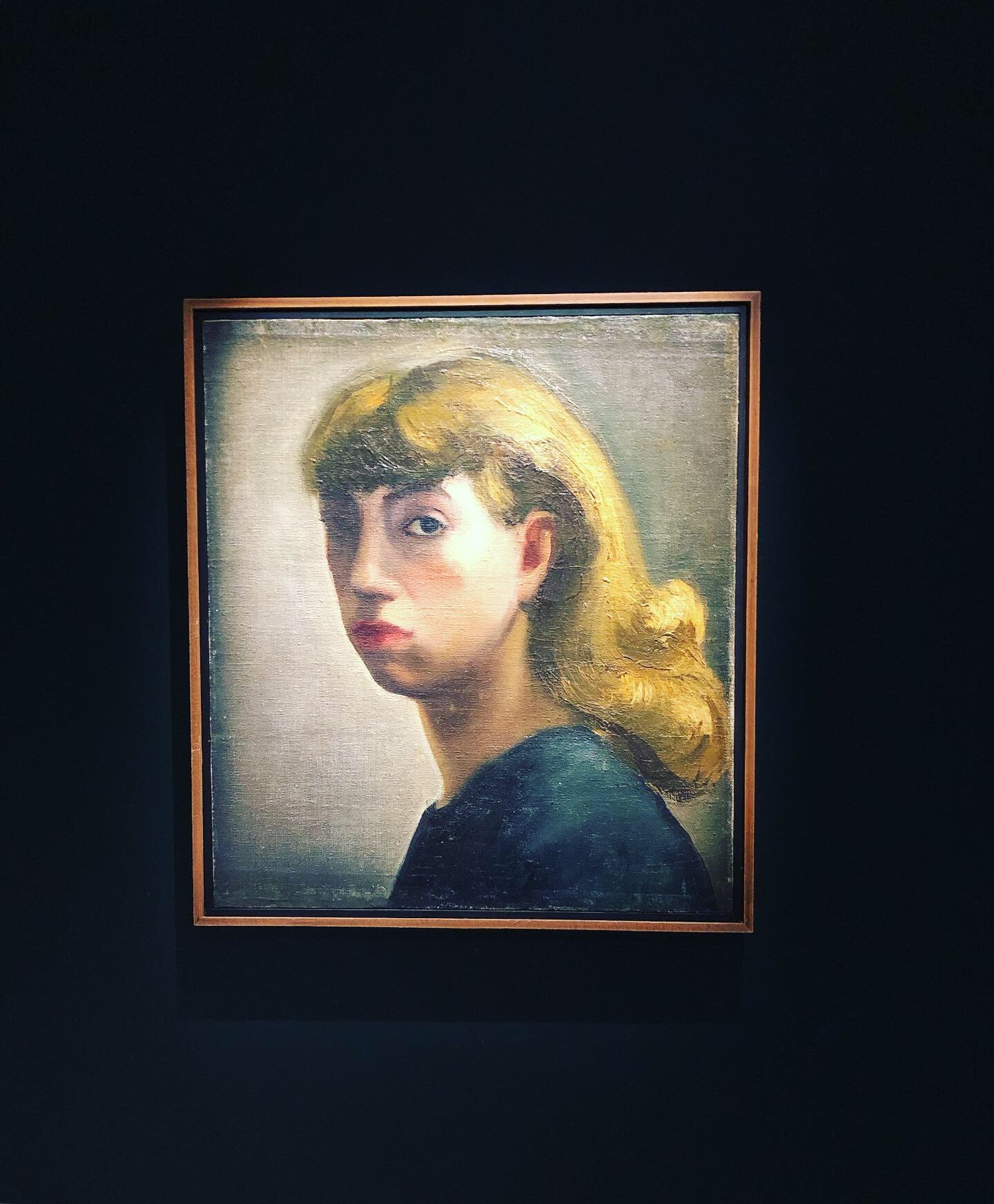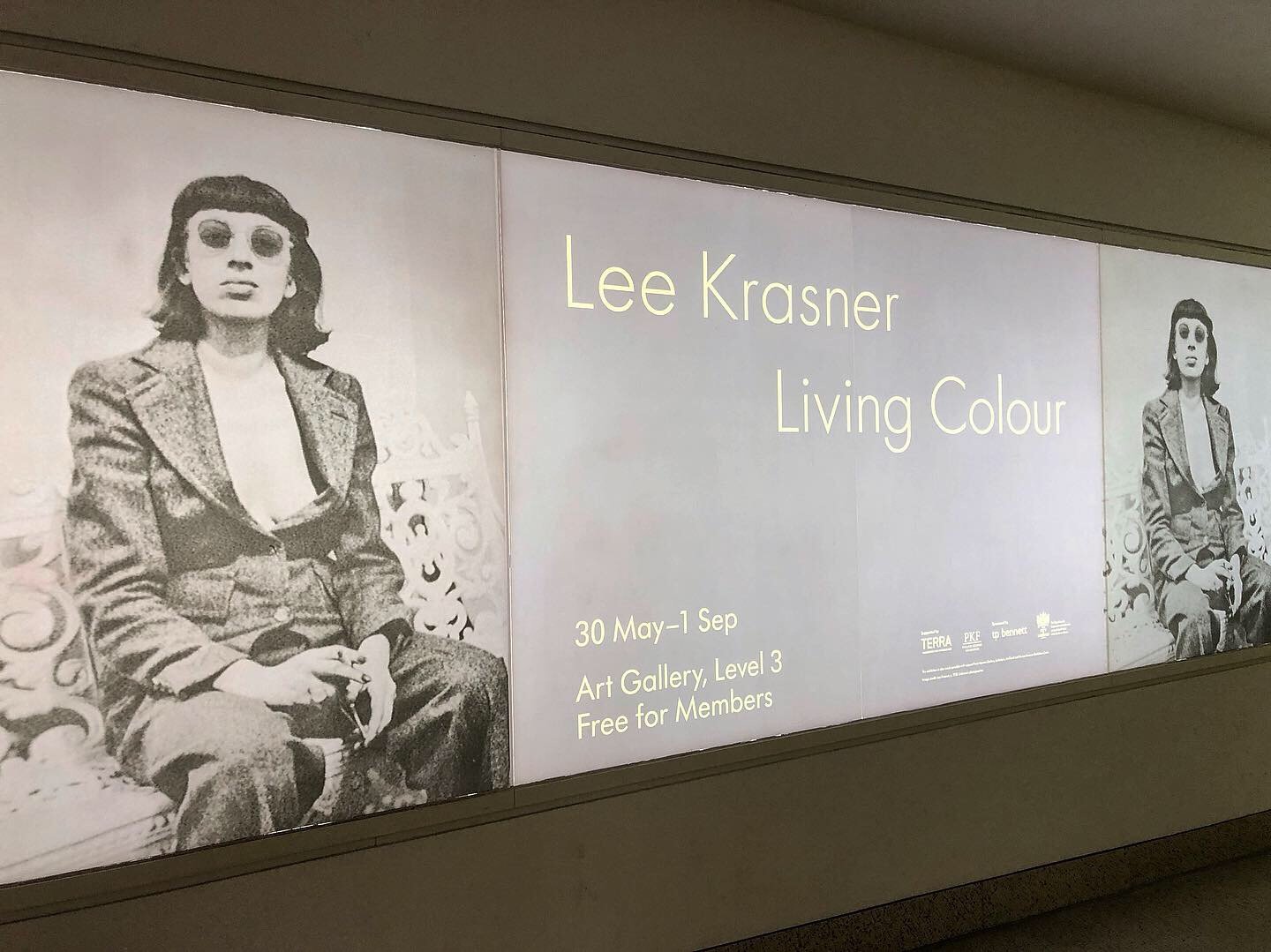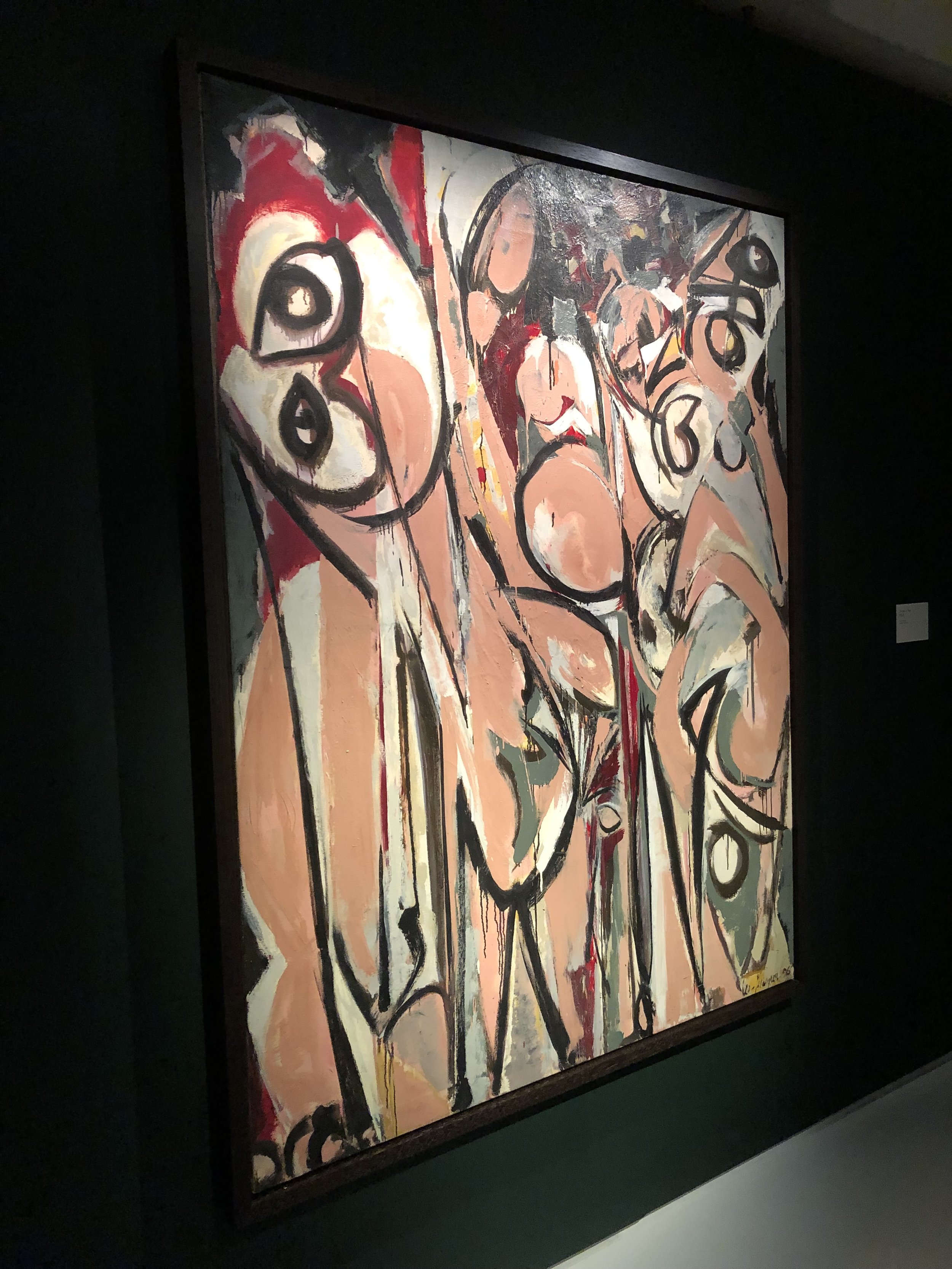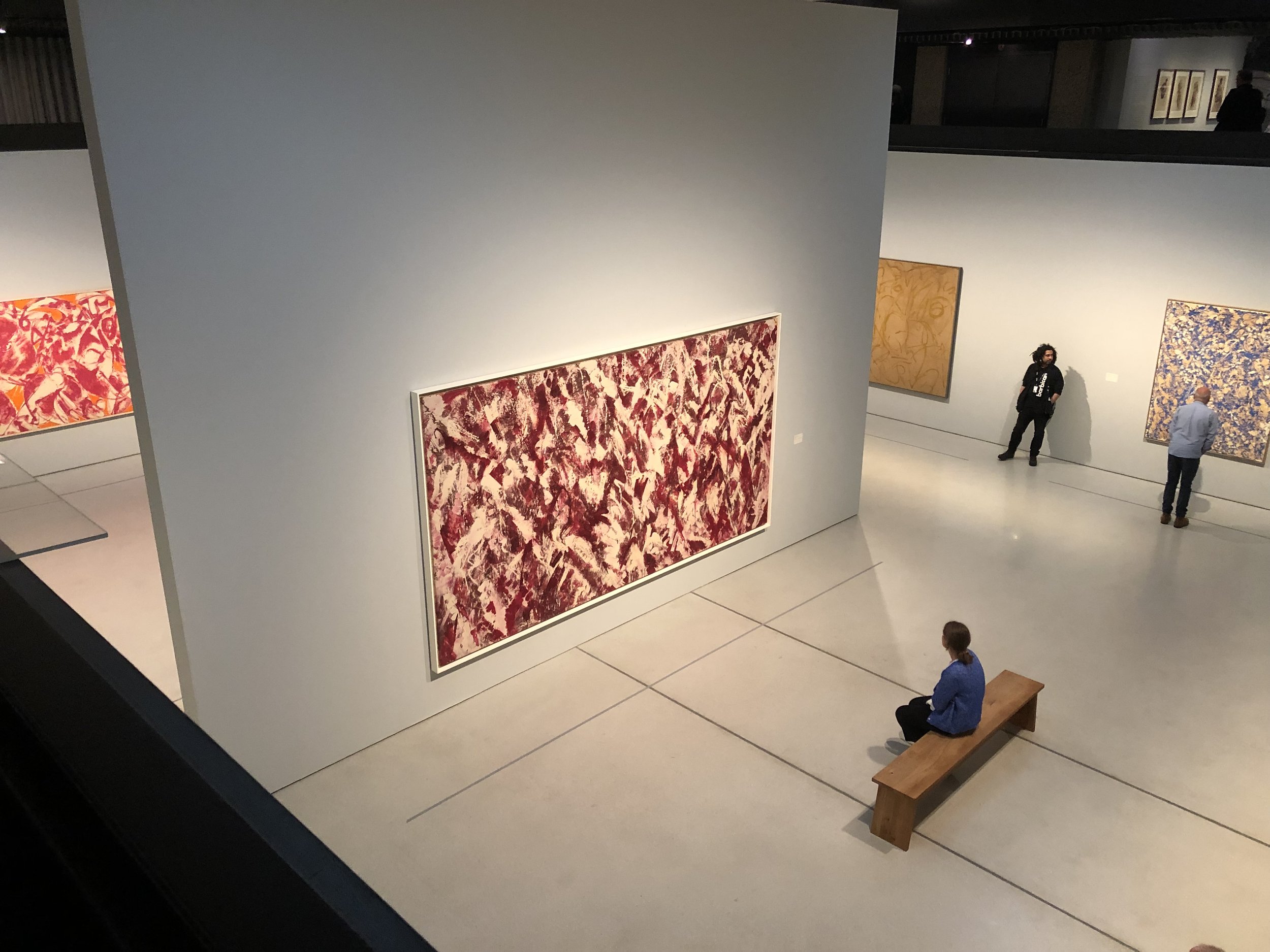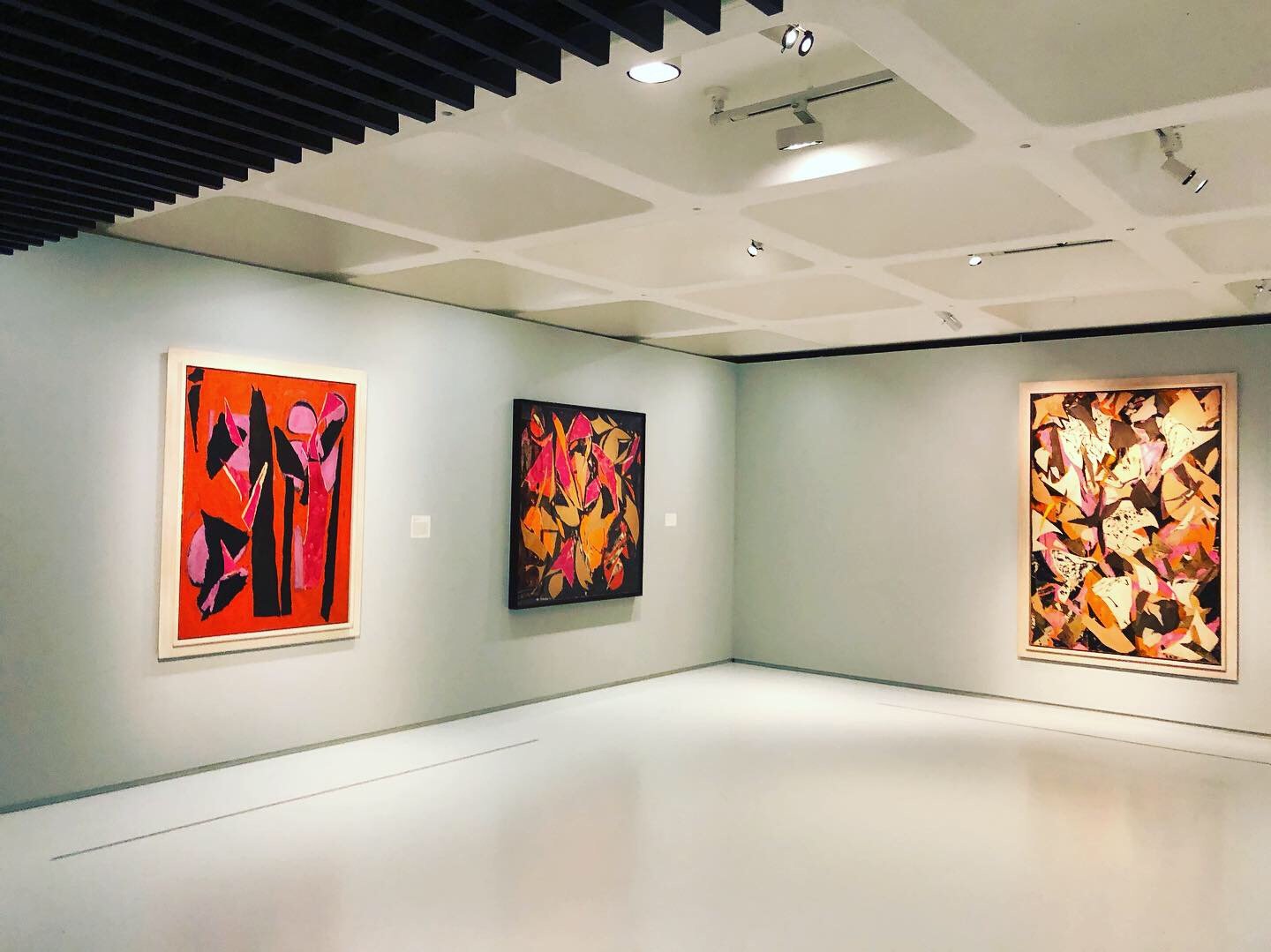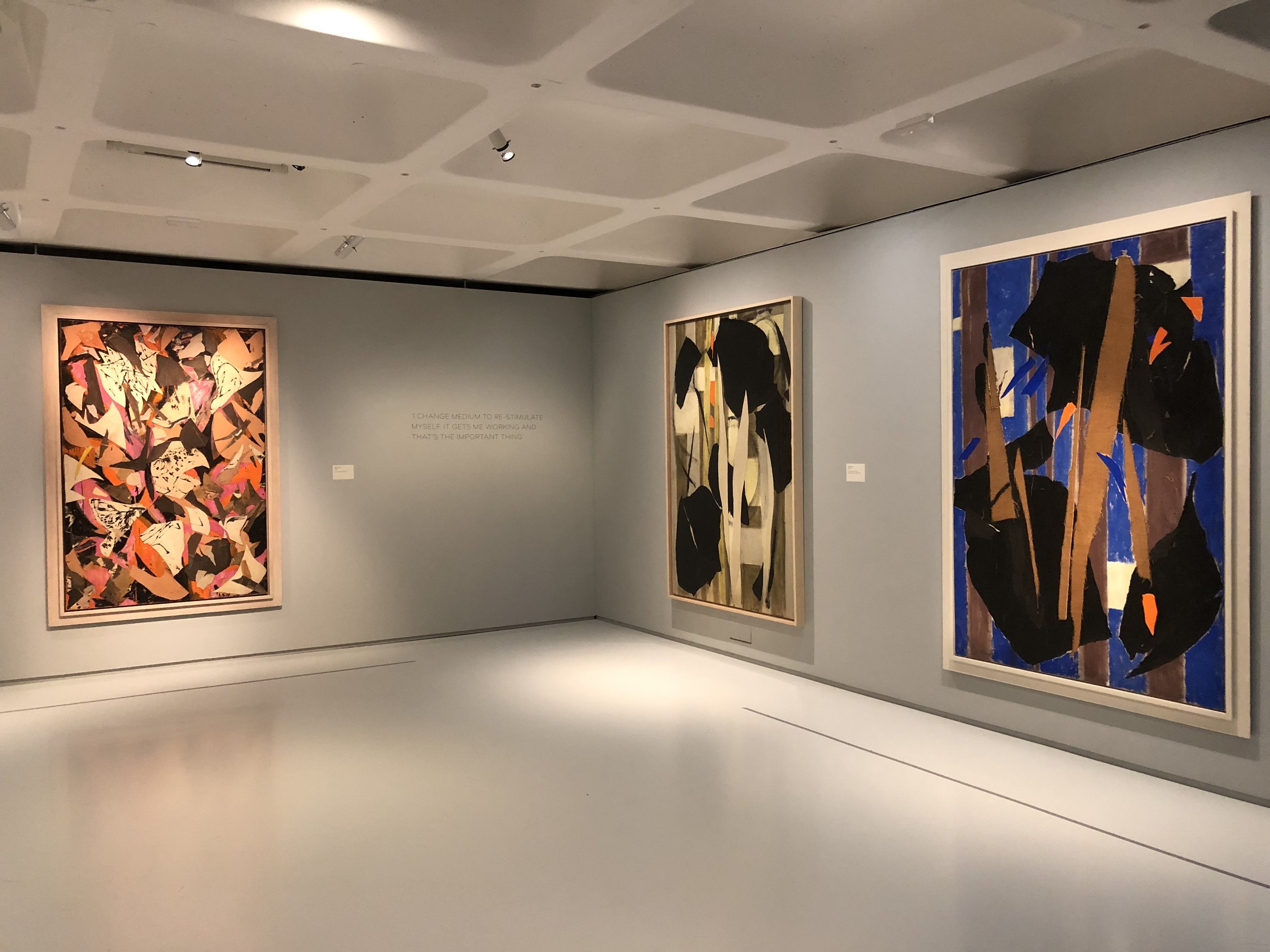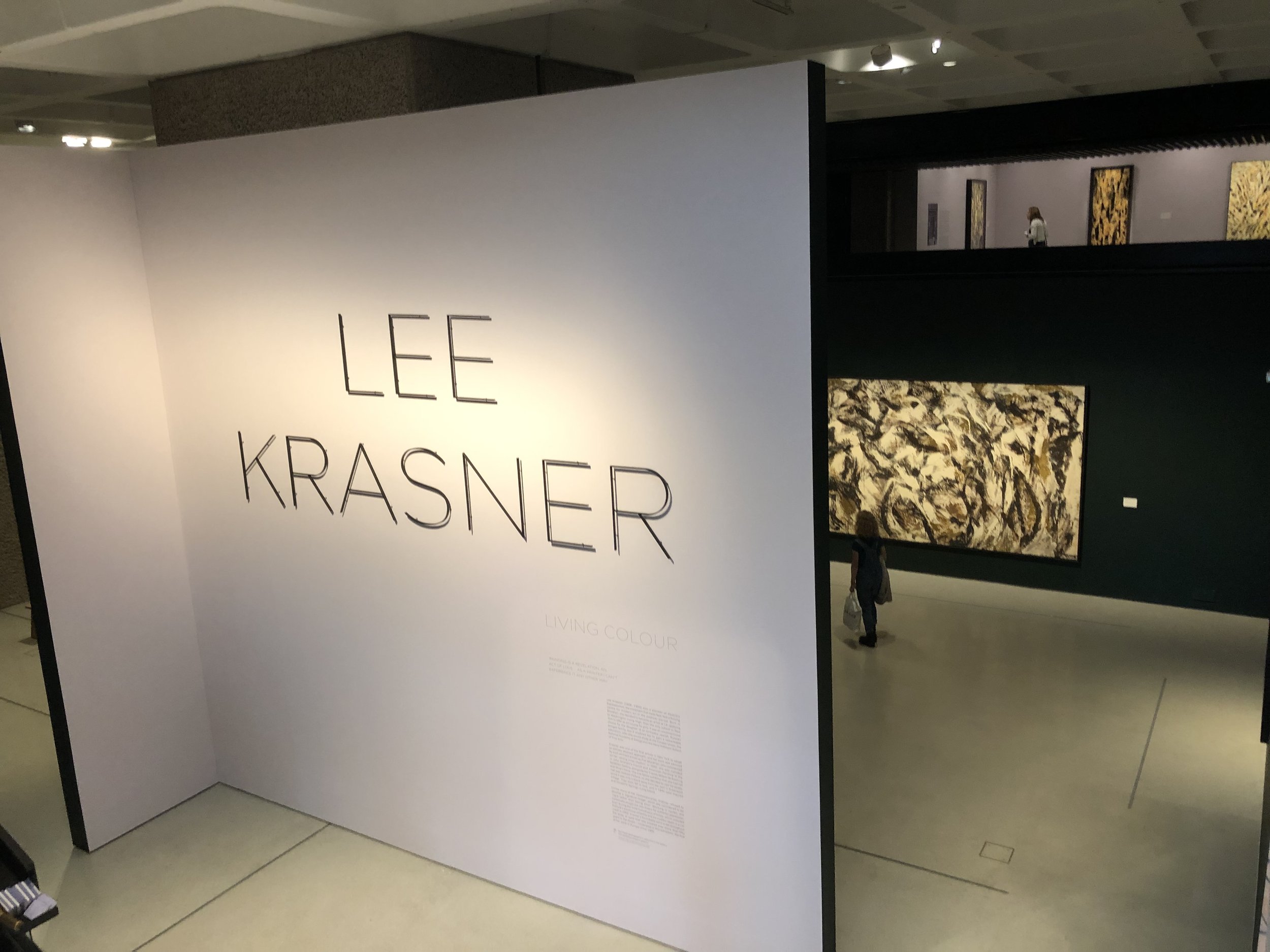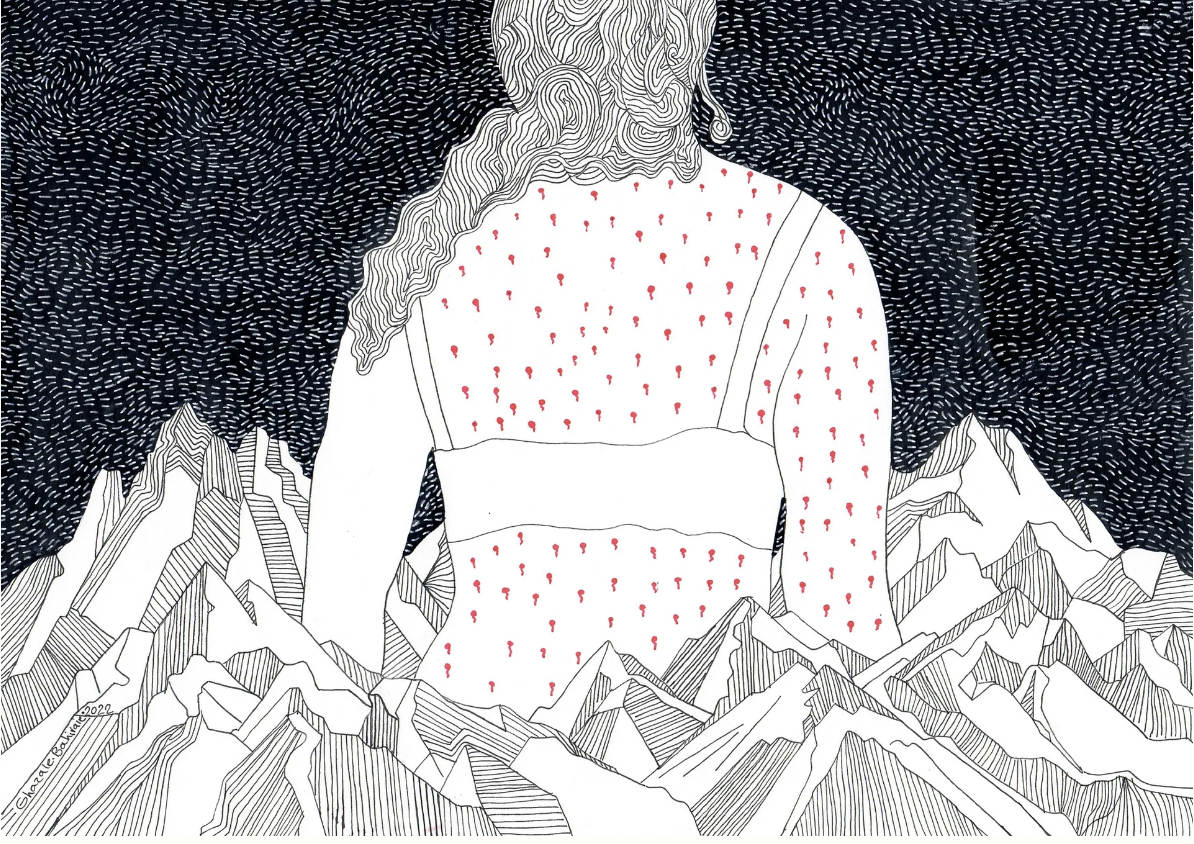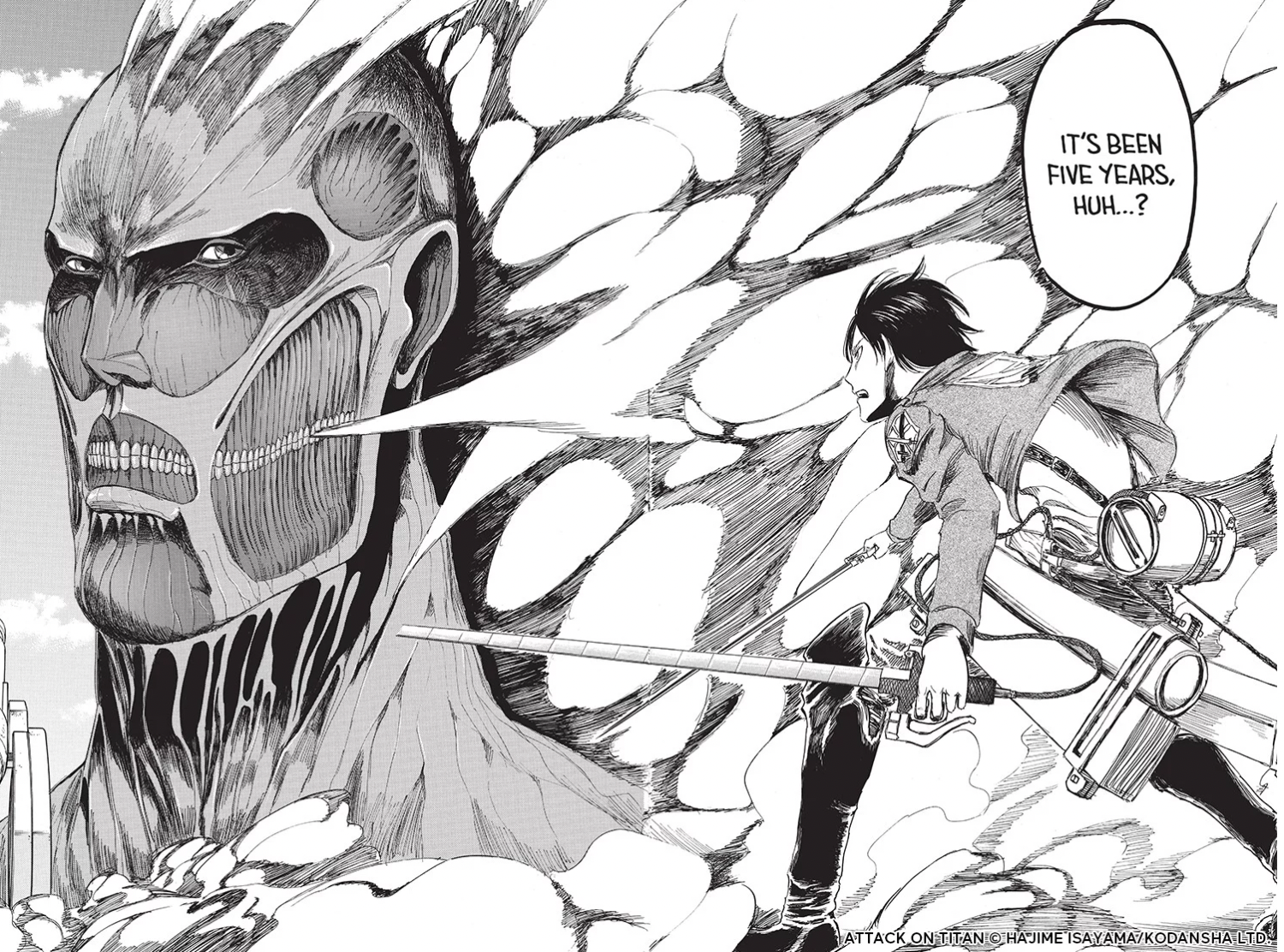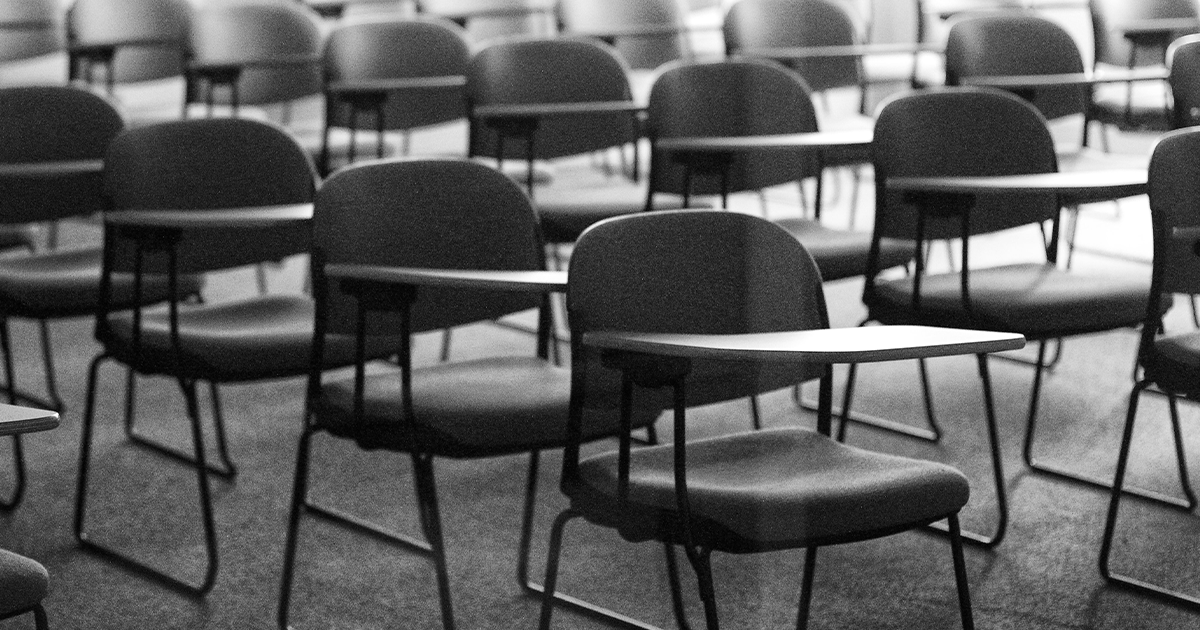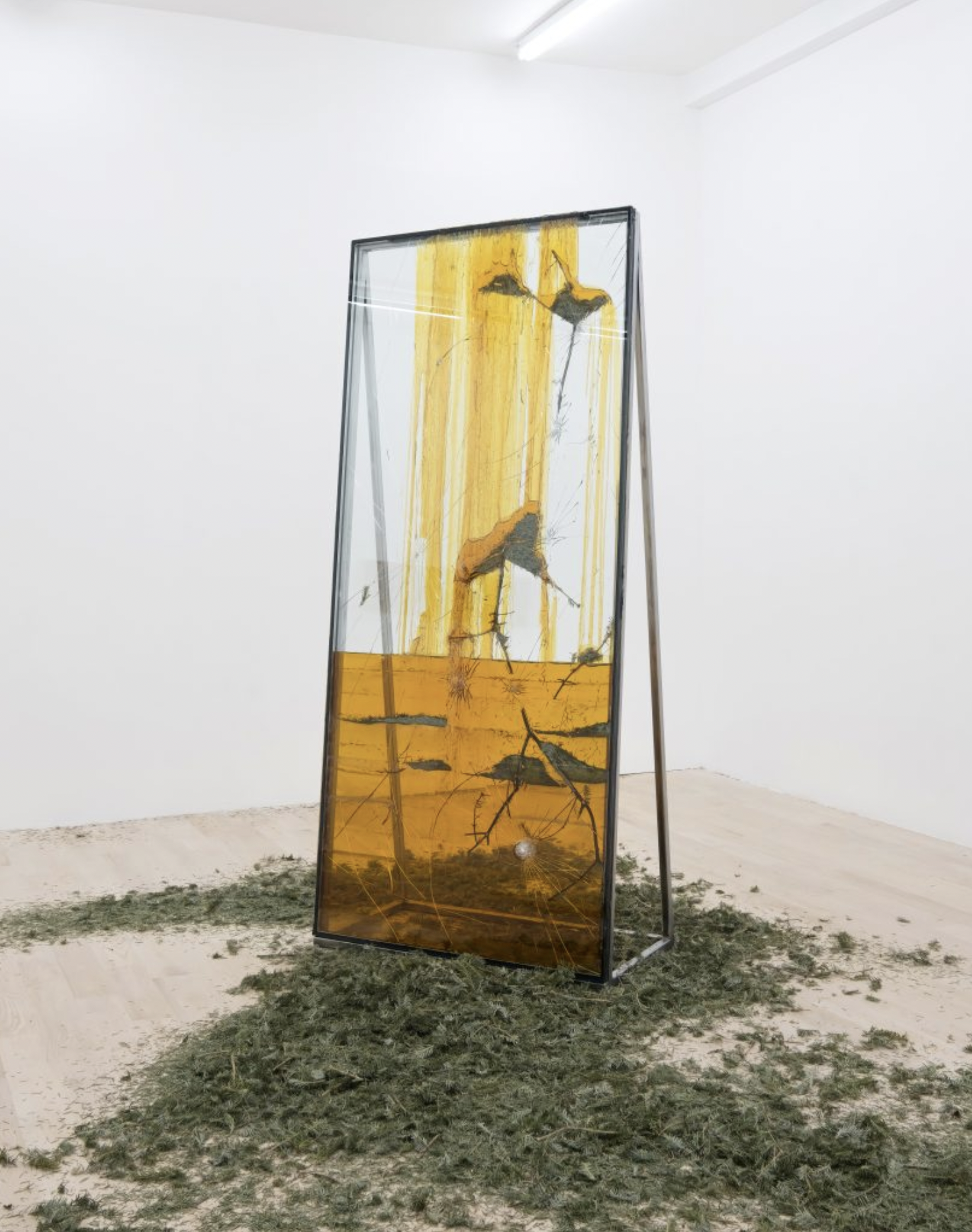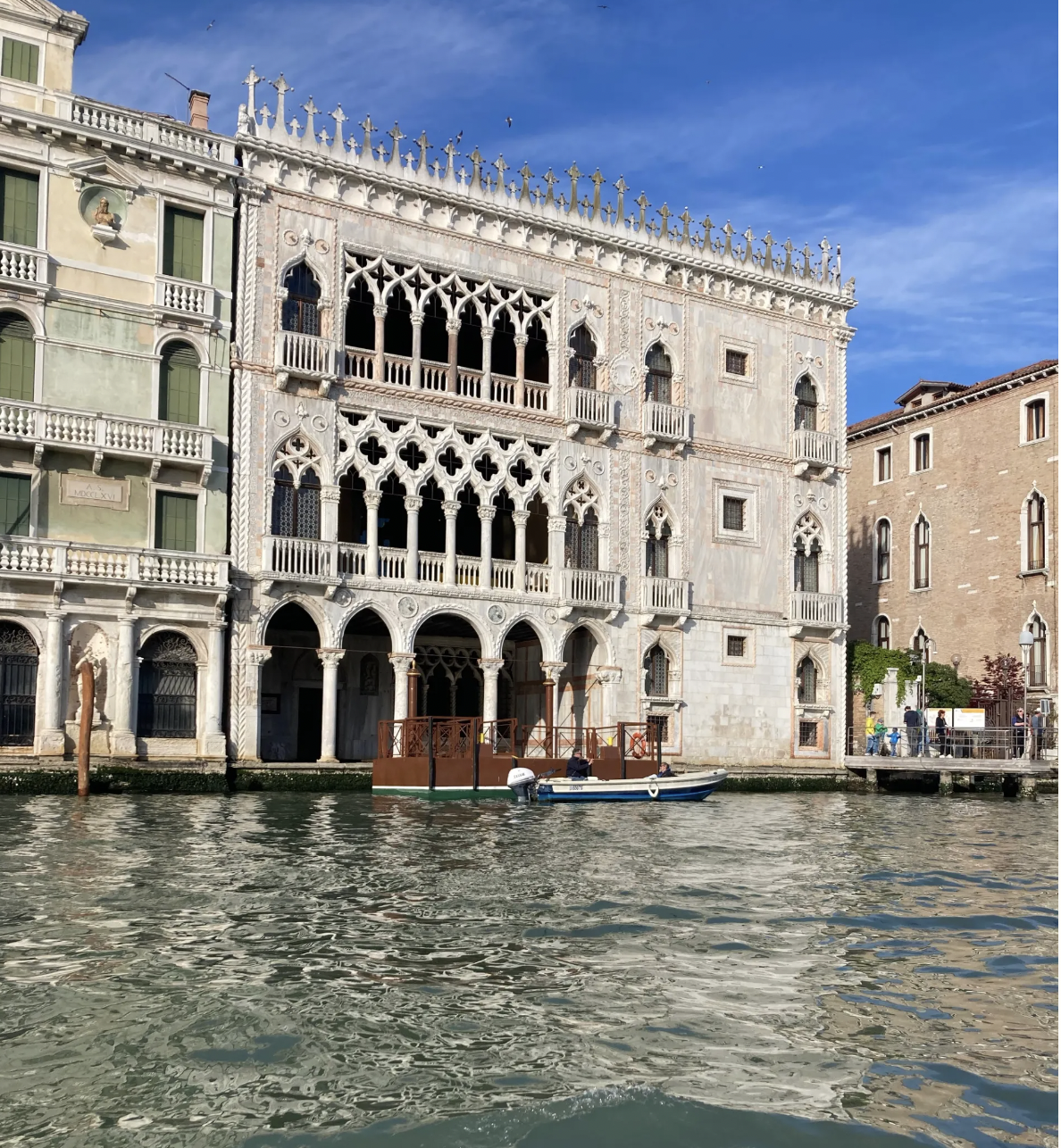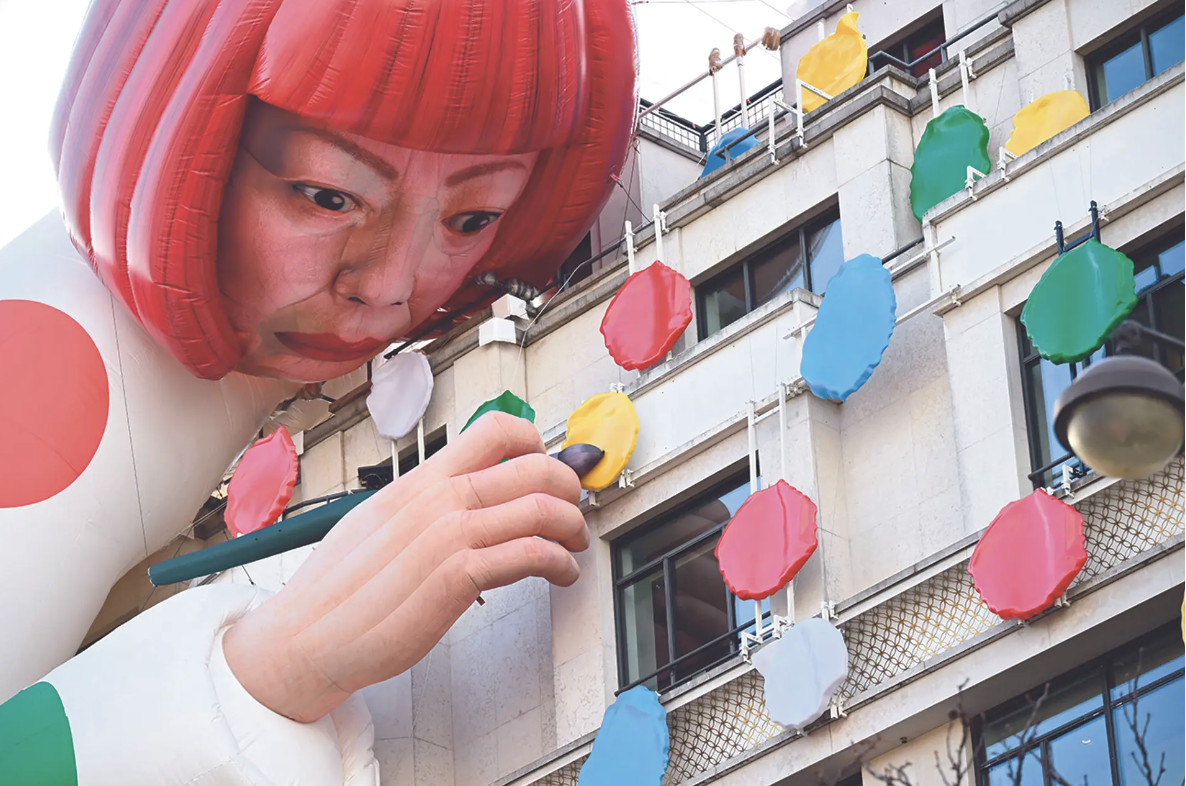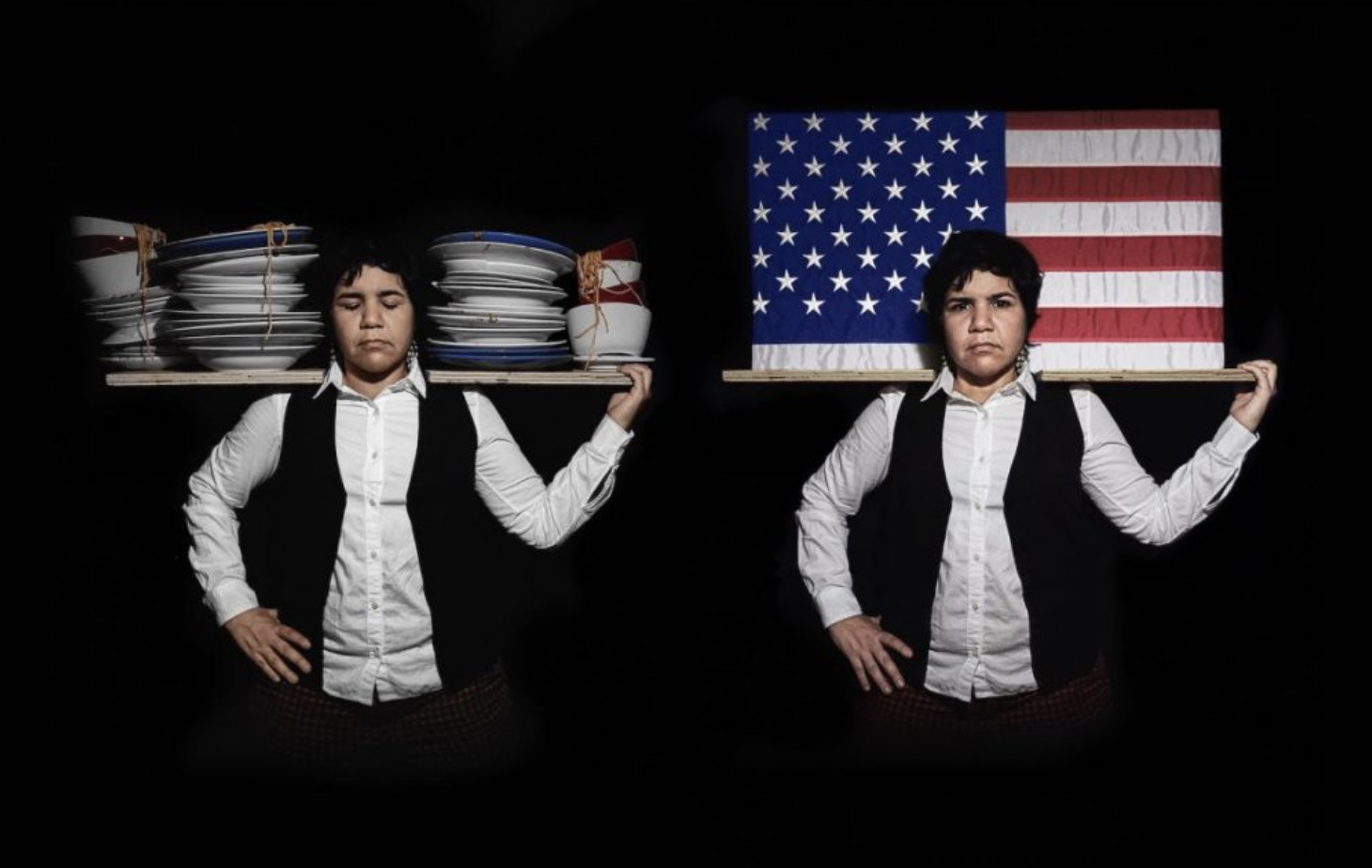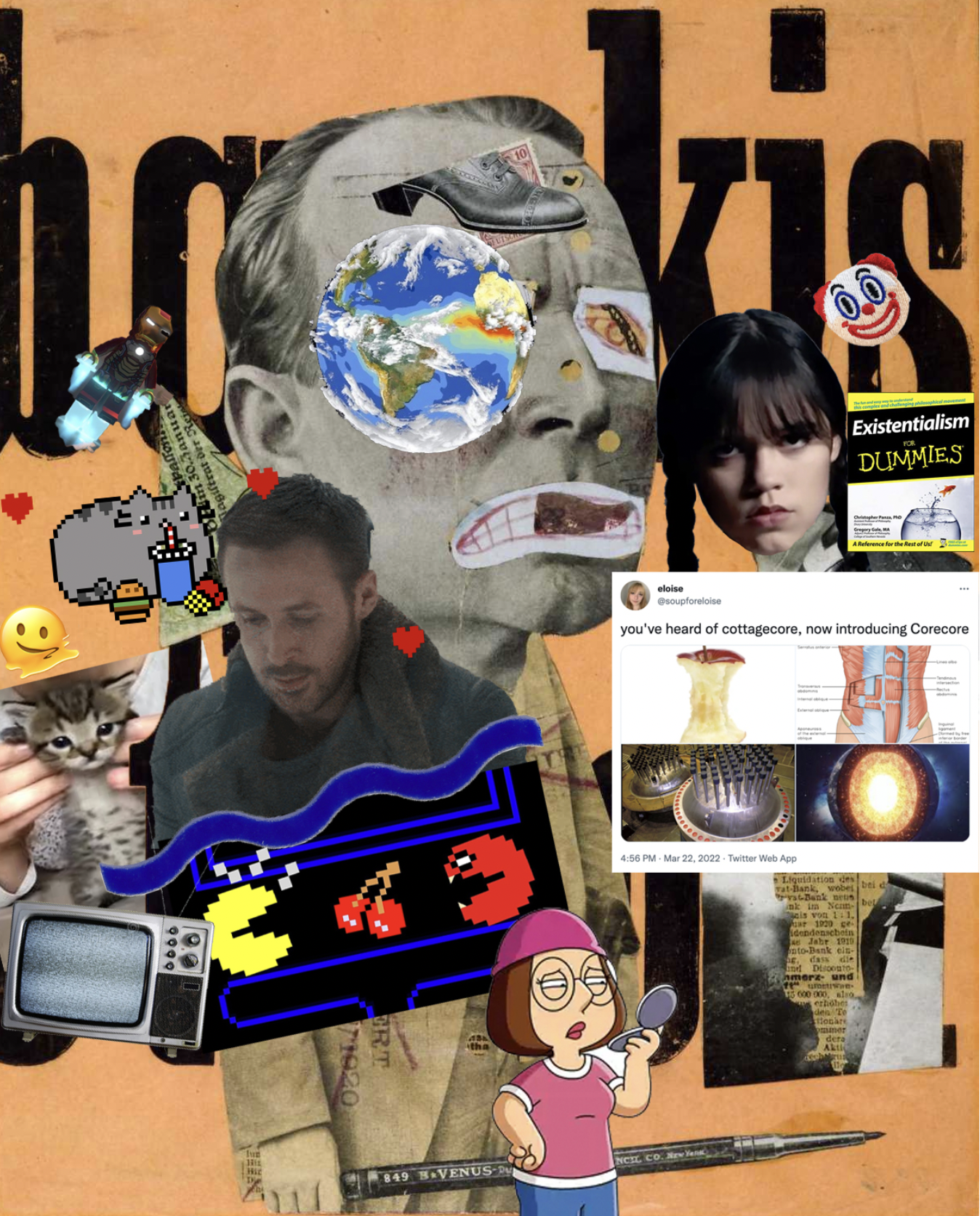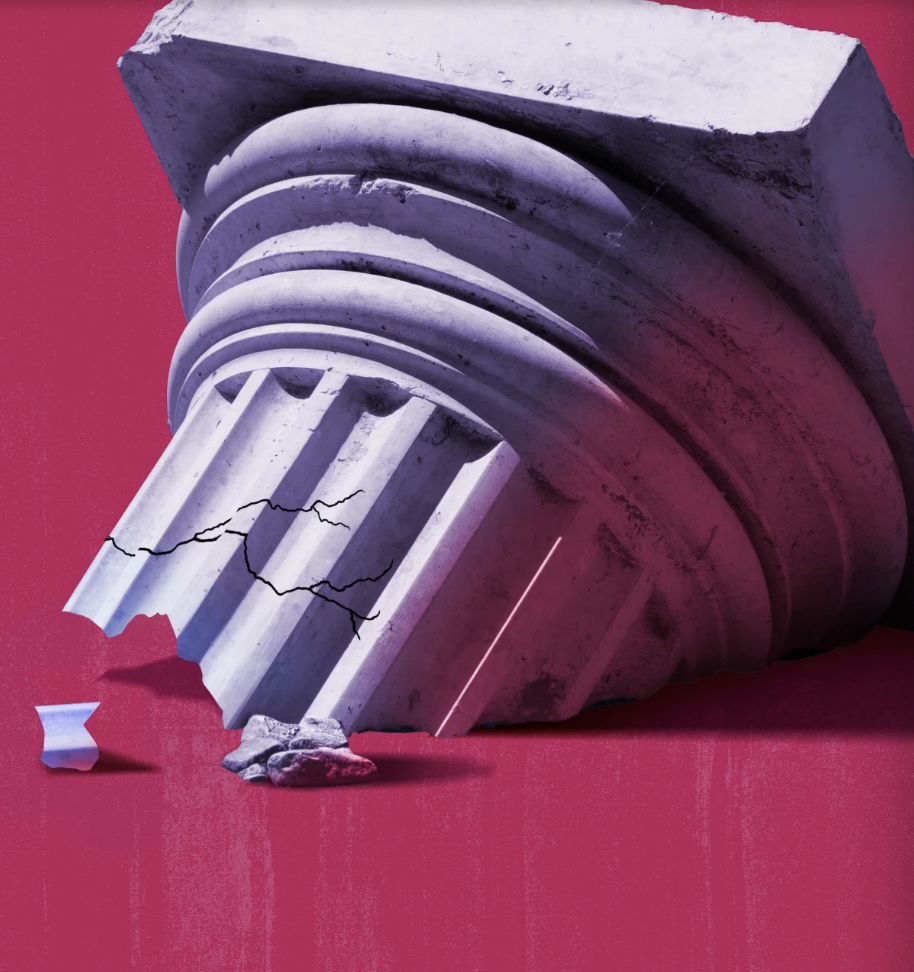This past week, I took extra time to discuss the importance of International Holocaust Remembrance Day with many of my art history students. With the uptick of antisemitism in recent years, I have felt a more urgent need to contextualize Jewish voices and histories in my courses. This also comes with a more personal recognition and associated shame that I have had growing up in a family and cultural context (child of Hungarian immigrants) where antisemitism and Holocaust denialism was sadly rampant, normalized, and encouraged— look no further than Viktor Orban’s Hungary for evidence. Thankfully, my education and exposure to the truth of history has provided an escape from that hateful thinking, and today much of my research is driven by a compassionate commitment to understanding persecuted peoples and marginalized subcultures (especially of artists and art movements).
A well-timed opportunity arose in my modern and contemporary art history course, where we had reached discussion about the immediate post-WWII era and the effect on artists of circulating photography of concentration camp survivors and emerging news and realization of the full extent of the Holocaust. In the aftermath of WWII, artists around the world struggled with how to make representational art in the wake of the Holocaust, and many art movements tied to abstraction, expressionism, and existentialism provided outlets of exploration and experimentation. Still, art historians have continued to write the period from a limited perspective, often minimizing the efforts of Jewish artists, and especially those who were also women. Lee Krasner, wife of famed “drip painter” Jackson Pollock, is the prime example of this art historical oversight, and I have worked to integrate discussion of her practice and influence on Pollock and the Abstract Expressionist movement into my courses. Importantly, and with much significance in today’s political climate, I discuss how Krasner, the daughter of Ukrainian-Jewish immigrants who had sought to escape antisemitic persecution during the Russo-Japanese War, created astonishing works of art establishing the scale and “all-over” abstract gesture that directly influenced Pollock’s famous works.
“‘I was a woman, Jewish, a widow, a damn good painter, thank you, and a little too independent…’”
Still, Krasner could never (back then or even today) become the poster child of the most famous of all American art movements. Both her Jewish identity and sex make that impossible. But in recent years, a concerted attempt to correct the record has taken hold. In 2019, while co-leading the London and Venice Biennale field school, we visited the much overdue Lee Krasner retrospective at the Barbican (see my photographs above) where her significance and influence was finally being acknowledged, along with the importance of her Jewish identity. This exhibition, an important move and corrective by the art world in the right direction.
For more information towards understanding the significant contribution of Jewish artists to modern and contemporary art— many who lost relatives or their own lives in the Holocaust— I recommend visiting The Art Story websites database. In particular, take a deep dive into the practices of Diane Arbus, Robert Capa, Eva Hesse, John Heartfield, Allan Kaprow, Barbara Kruger, Barnett Newman, Mark Rothko, Carolee Schneemann, Tristan Tzara, and Hannah Wilke. You will come away inspired and enlightened!
Enjoy the weekly links… click on text links below or explore the same links visually in the accompanying image grid.
"Iranian artists submit work anonymously for online exhibition on death of Mahsa Amini"
"Anime broadens its reach — at conventions, at theaters, and streaming at home"
"Words, Words, Words: What does the advent of ChatGPT mean for already beleaguered teachers?"
"Canada chooses Kapwani Kiwanga for its 2024 Venice Biennale pavilion"
"Venice Biennale 2024: all the national pavilions, artists and curators announced so far"
"Yayoi Kusama and Louis Vuitton: the enduring allure of art and luxury"

